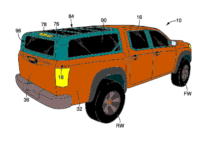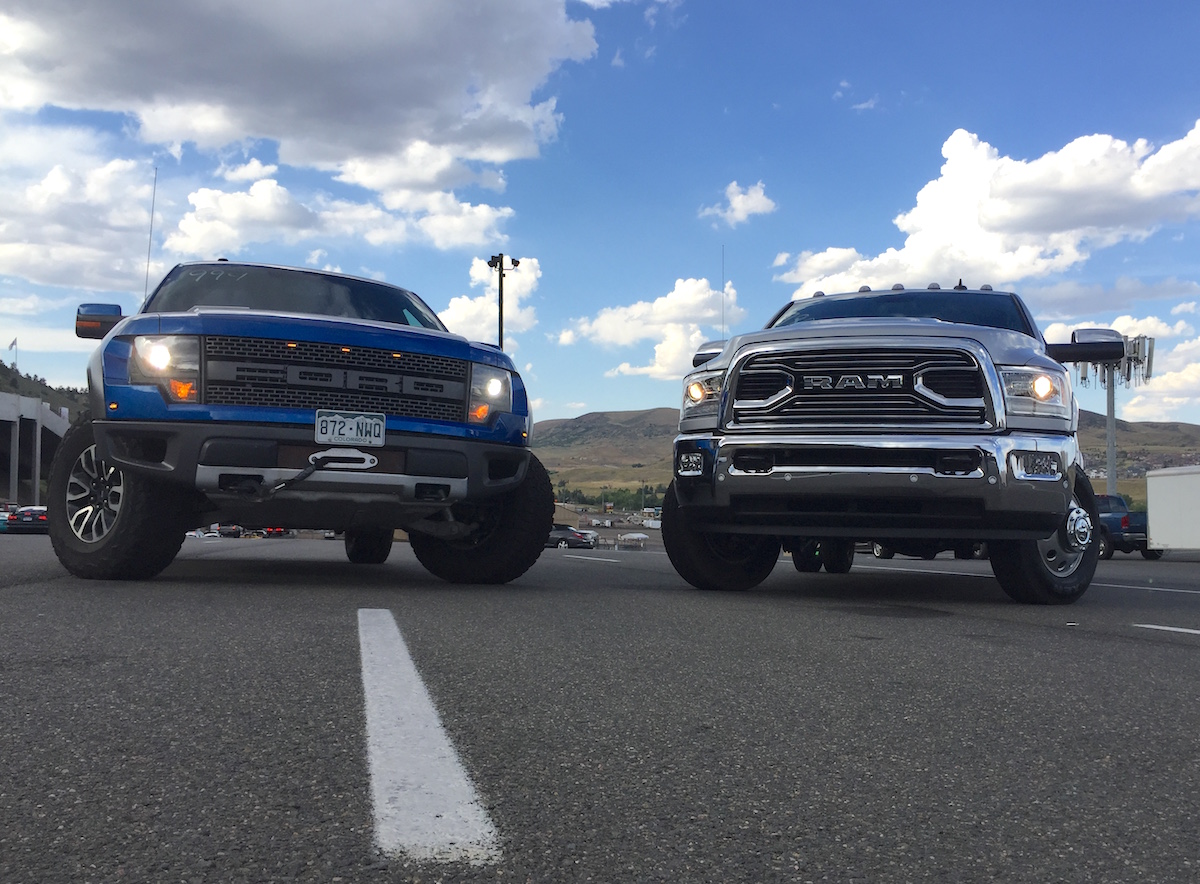
This could shed more light on what engine will be in the 2022 Toyota Tundra.
Right from the start, there are a couple caveats I like to get out of the way when it comes to new patent applications. They don’t always represent a final product — sometimes the manufacturer will hold onto an idea. What’s more, this particular document does provide crucial statements that may change the final engine’s configuration, if this makes it to production in, say, the new Tundra.
On Thursday, the U.S. Patent and Trademark Office published an application filed by Toyota in September 2020. In the document, with inventor credit going to Masami Ishikawa, statements like “A vehicular internal combustion engine is equipped with a supercharger” and “V-eight twin-turbo engine” do get the imagination firing, don’t they? Our friends over at GR86 forums spotted the application, and surmise this could be the powerplant expected to make its way into the 2022 Toyota Tundra. It could also be a high-output engine for another Toyota (say, 300 Series Land Cruiser?) or Lexus model, like the high-performance “F” series.
At any rate, the full application (viewable here) covers engineering details for features specific to this engine design.

Some interesting pieces
Toyota, like every other manufacturer, does not specify a specific vehicle for this engine, so again that’s left up to interpretation. For its part, the company will not comment on future product unless they officially announce it themselves. So, bearing that in mind there are a few directions you can follow through from what’s published in this patent application.
Most of the evidence we’ve seen thus far points to a 3.5-liter twin-turbocharged V-6 as the powerplant of choice for the new Toyota Tundra. That would provide a downsized unit that would help cut down on weight, improve fuel economy and, thanks to forced induction, boost power. The outgoing truck manages 381 horsepower and 401 lb-ft of torque from its aging 5.7-liter V-8. Those still aren’t horrible figures today, but it has obviously fallen behind the pack, to say nothing of the engine’s abysmal low-teens MPG ratings. To that end, this design delivers on our forced induction assumption, and says near the end of page 8 (page 3 of the text) that:
“Incidentally, the foregoing embodiment has been described using the V-eight engine as an example of the internal combustion engine [described]. However, the number of cylinders arranged in the cylinder block is not limited in particular. for example, the internal combustion engine may be, for example, a V-six engine.”
U.S. patent application US 20210131345A1 (Toyota, emphasis added)
While the twin-turbo V-8 may come to fruition as illustrated in the figures, Toyota does somewhat emphasis the six-cylinder configuration in this paragraph. Another approach Toyota could take is offering a high-output Tundra of some sort to take on the growing crop of stupidly powerful V-8 trucks, like the impending Ford F-150 Raptor R and the Ram 1500 TRX. Ordinary models could still pack the assumed 3.5-liter twin-turbo V-6, while tossing a bone to those who still want some eight-cylinder performance.
More on the engine’s layout
Fortunately, we don’t believe Toyota will make us wait too much longer for official information. Regardless of how many cylinders this engine ultimately has if this is indeed the new Tundra-bound powertrain, there are a few more nuggets as to how the automaker intends to build it.
About midway through, the document notes a twin-turbo configuration, as well as a single-turbo layout. Then it goes on to say, “Besides, the two turbochargers are installed on the cylinder block (emphasis added).” That sounds like a “Hot V” configuration, and there are quite a few reasons why it would make sense for Toyota to do that. I’m by no means an engineer, though, so I’ll leave it to someone who’s actually qualified (Engineering Explained) to outline the advantages. The application does account for turbos mounted beside the cylinder block as well. Again, we’ll have to wait and see what Toyota actually does.
If you guys have a greater understanding of fluid dynamics in engine design and spot more interesting pieces, let us know in the comments below.
















![Which is More Reliable: 3.5L EcoBoost or 5.0L V8? [Reader Question] Second-generation 3.5-liter EcoBoost engine](https://tfltruck.com/wp-content/uploads/2016/05/Second-generation-35-liter-EcoBoost-engine.jpg)
![Which Silverado Engine to Get: 5.3L or 6.2L V8? [Ask TFLTruck] 2016 chevy silverado](https://tfltruck.com/wp-content/uploads/2015/10/2016-chevy-silverado-grille.jpg)
